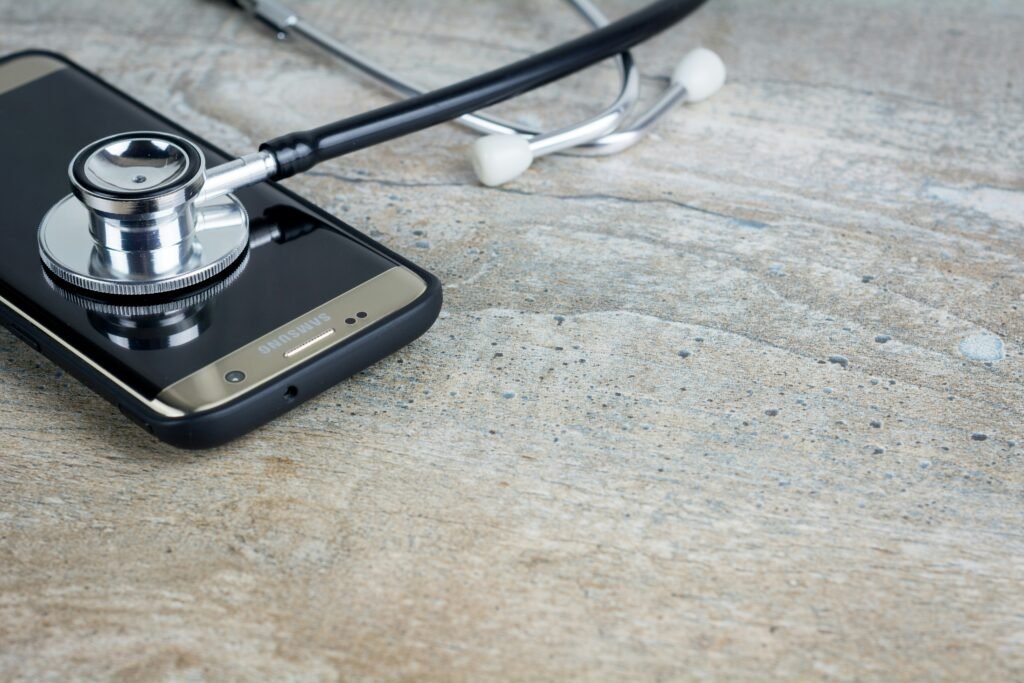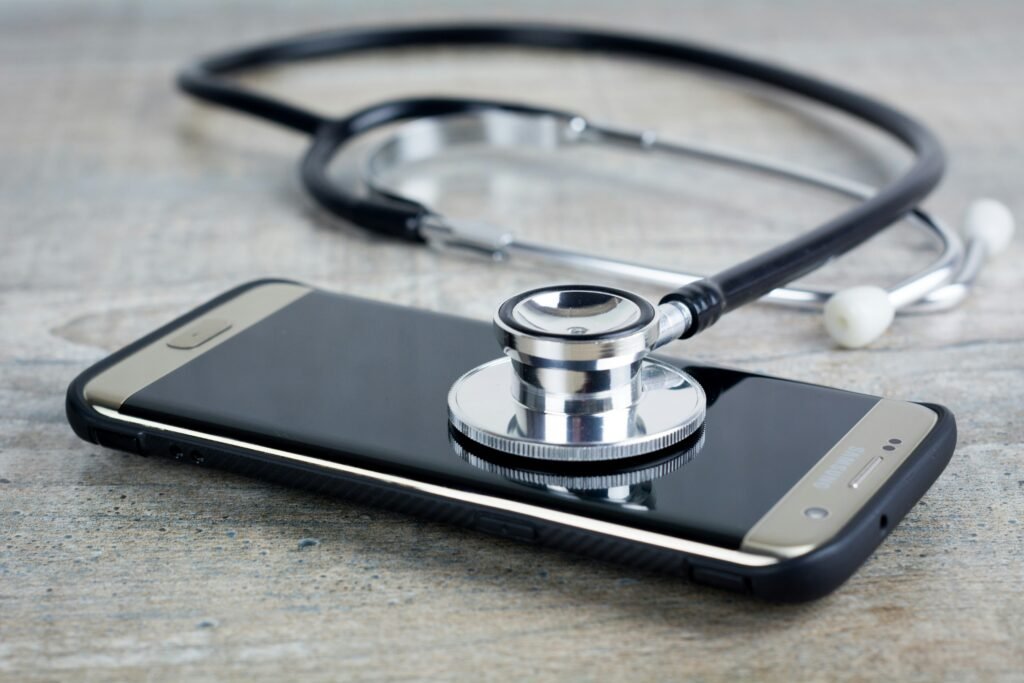Welcome to a comprehensive guide on how to troubleshoot common laptop issues. Whether you’re experiencing a slow performance, unresponsive keyboard, or pesky pop-ups, this article will provide you with simple and effective solutions to get your laptop up and running smoothly again. By following these troubleshooting tips, you’ll be able to identify and fix common problems without the need for expensive repairs or replacements. Say goodbye to frustration and hello to a smoothly functioning laptop! Have you ever experienced frustration with your laptop running slowly, freezing, or not turning on at all? Don’t worry, you’re not alone! In this guide, we’ll walk you through the most common laptop issues and how to troubleshoot them step by step. By the end of this article, you’ll be equipped with the knowledge and skills to tackle any laptop problem that comes your way. So, grab your laptop, sit back, and let’s get started!

This image is property of images.unsplash.com.
Slow Performance
Is your laptop running slower than usual? Slow performance can be caused by a variety of factors such as too many programs running in the background, insufficient RAM, or a full hard drive. Here are some steps you can take to troubleshoot slow performance issues:
- Close Unnecessary Programs: Check Task Manager to see which programs are consuming the most resources and close any that you’re not using.
- Increase RAM: If your laptop has insufficient RAM, consider upgrading to improve performance.
- Clear Disk Space: Delete unnecessary files and programs to free up space on your hard drive.
- Run Disk Cleanup: Use the built-in Disk Cleanup tool to remove temporary files and free up disk space.
- Defragment Your Hard Drive: Defragmenting your hard drive can help improve performance by organizing files more efficiently.
Tip: Regularly Clean Your Laptop
Dust and debris can build up inside your laptop over time, causing it to overheat and slow down. To prevent this, make sure to clean your laptop regularly using compressed air or a soft brush.
Laptop Not Turning On
One of the most common laptop issues is when it doesn’t turn on at all. If you press the power button and nothing happens, don’t panic! Here are some troubleshooting steps you can take to get your laptop up and running again:
- Check Power Connection: Make sure your laptop is plugged in and that the power adapter is working properly.
- Perform a Hard Reset: Sometimes, a simple hard reset can fix the issue. Disconnect the power adapter, remove the battery (if possible), and hold down the power button for 30 seconds. Then, reconnect the power source and try turning on your laptop.
- Test the Power Adapter: If you suspect the power adapter is faulty, try using a different one to see if that solves the problem.
- Remove External Devices: Sometimes, external devices like USB drives or peripherals can interfere with the boot process. Remove all external devices and try turning on your laptop again.
Tip: Backup Your Data Regularly
To avoid losing important files and documents in case your laptop stops working, make sure to back up your data regularly to an external hard drive or cloud storage.
Overheating Issues
Is your laptop getting unbearably hot to the touch? Overheating can cause serious damage to your laptop if left unchecked. Here are some steps you can take to troubleshoot overheating issues:
- Check Air Vents: Make sure the air vents on your laptop are not blocked by dust or debris. Clean them using compressed air or a soft brush.
- Use a Cooling Pad: If your laptop tends to overheat frequently, consider using a cooling pad to help dissipate heat more effectively.
- Elevate Your Laptop: Placing your laptop on a flat surface with good airflow can help prevent overheating.
- Update Drivers: Outdated drivers can sometimes cause overheating issues. Make sure to update your drivers regularly to ensure optimal performance.
Tip: Avoid Using Your Laptop on Soft Surfaces
Using your laptop on surfaces like beds or couches can restrict airflow and cause it to overheat. Always use your laptop on a flat, hard surface to allow proper ventilation.
Wi-Fi Connection Problems
Are you experiencing issues with your laptop’s Wi-Fi connection? Poor Wi-Fi connectivity can be frustrating, especially when you’re trying to work or stream videos. Here are some troubleshooting steps you can take to fix Wi-Fi connection problems:
- Restart Your Router: Sometimes, simply restarting your router can resolve Wi-Fi connection issues.
- Check Wi-Fi Settings: Make sure Wi-Fi is turned on and that you’re connected to the right network.
- Update Network Drivers: Outdated network drivers can cause Wi-Fi connectivity problems. Update your drivers to ensure a stable connection.
- Move Closer to the Router: If you’re experiencing weak Wi-Fi signals, try moving closer to the router to improve connectivity.
Tip: Use a Wi-Fi Extender
If you have a large house or office space with poor Wi-Fi coverage, consider using a Wi-Fi extender to boost your signal and improve connectivity throughout your space.

This image is property of images.unsplash.com.
Screen Display Issues
Is your laptop screen flickering, showing strange colors, or not displaying anything at all? Screen display issues can be caused by a faulty display driver, loose connection, or hardware problem. Here are some troubleshooting steps you can take to address screen display problems:
- Update Display Drivers: Outdated display drivers can cause screen display issues. Make sure to update your drivers regularly to prevent problems.
- Check Display Connection: If your laptop screen is not displaying anything, check the connection between the screen and the motherboard. A loose connection can cause display problems.
- Adjust Screen Resolution: Sometimes, incorrect screen resolution settings can cause display problems. Adjust the screen resolution to see if that fixes the issue.
- Run Hardware Diagnostics: Use built-in hardware diagnostic tools to check for any hardware problems that may be affecting your screen display.
Tip: Adjust Brightness Settings
To reduce eye strain and improve visibility, adjust the brightness settings on your laptop screen to suit your preferences and lighting conditions.
Battery Life Drain
Is your laptop’s battery draining quickly, forcing you to constantly plug in your charger? Short battery life can be frustrating, especially when you need to work or travel. Here are some steps you can take to troubleshoot battery life drain issues:
- Adjust Power Settings: Use Windows Power Options to adjust power settings and optimize battery usage.
- Reduce Screen Brightness: Lowering the screen brightness can help extend your laptop’s battery life.
- Disable Background Apps: Disable background apps and processes that are consuming unnecessary power.
- Calibrate Your Battery: Calibrating your laptop’s battery can help improve its performance and longevity.
Tip: Use Battery Saving Mode
Switching to Battery Saving Mode can help conserve power and extend your laptop’s battery life when you’re on the go.

This image is property of images.unsplash.com.
Conclusion
Congratulations, you’ve made it to the end of our guide on how to troubleshoot common laptop issues! By following the troubleshooting steps outlined in this article, you’ll be able to address a wide range of laptop problems and keep your device running smoothly. Remember, prevention is key, so make sure to clean your laptop regularly, back up your data, and update your drivers to avoid future issues. If you ever encounter a problem that you can’t solve on your own, don’t hesitate to seek help from a professional technician. Happy troubleshooting!
